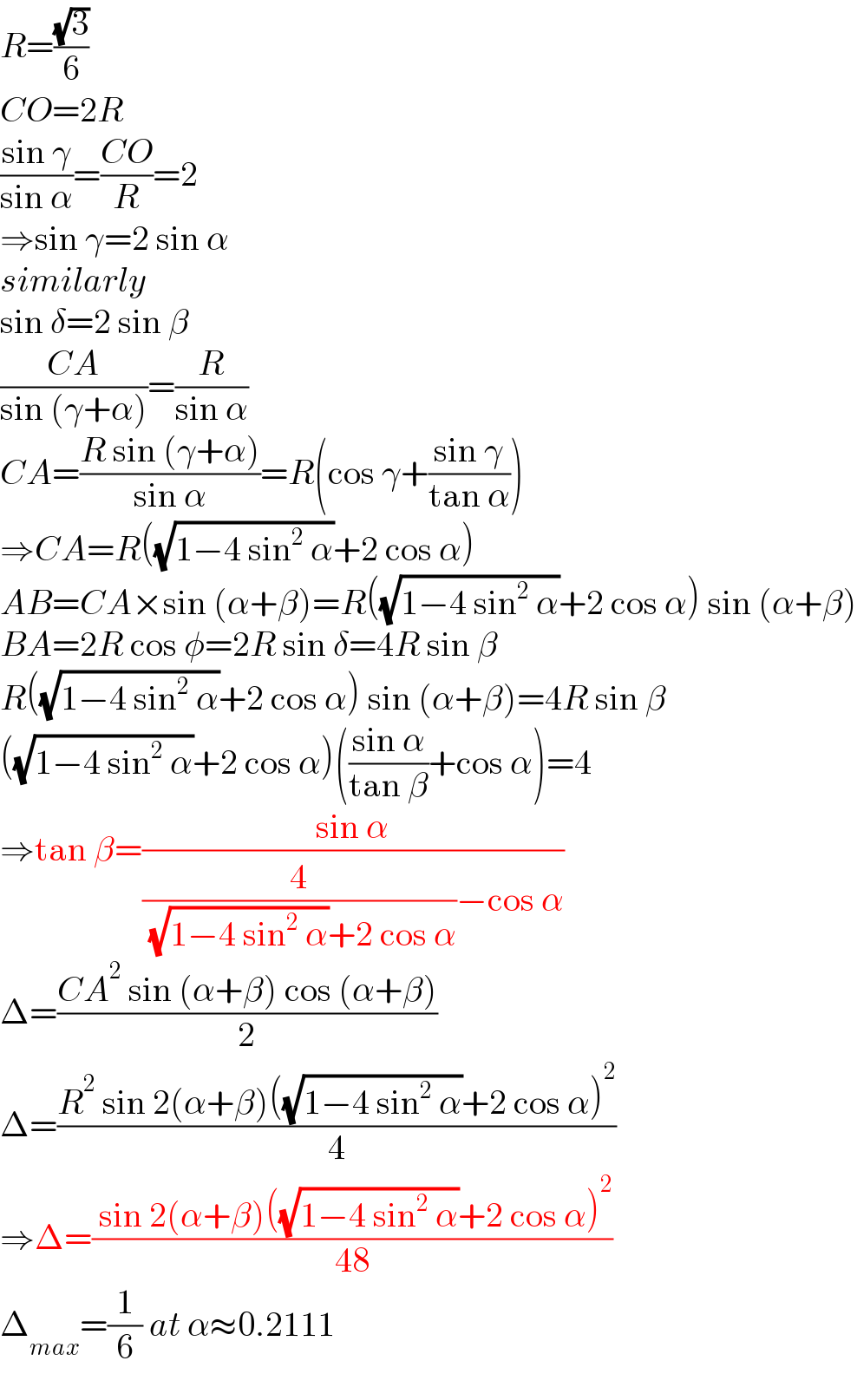
Question and Answers Forum
Question Number 186410 by mr W last updated on 04/Feb/23

Commented by mr W last updated on 04/Feb/23

Answered by mr W last updated on 04/Feb/23

Commented by mr W last updated on 04/Feb/23

Commented by mr W last updated on 04/Feb/23

Commented by ajfour last updated on 04/Feb/23

